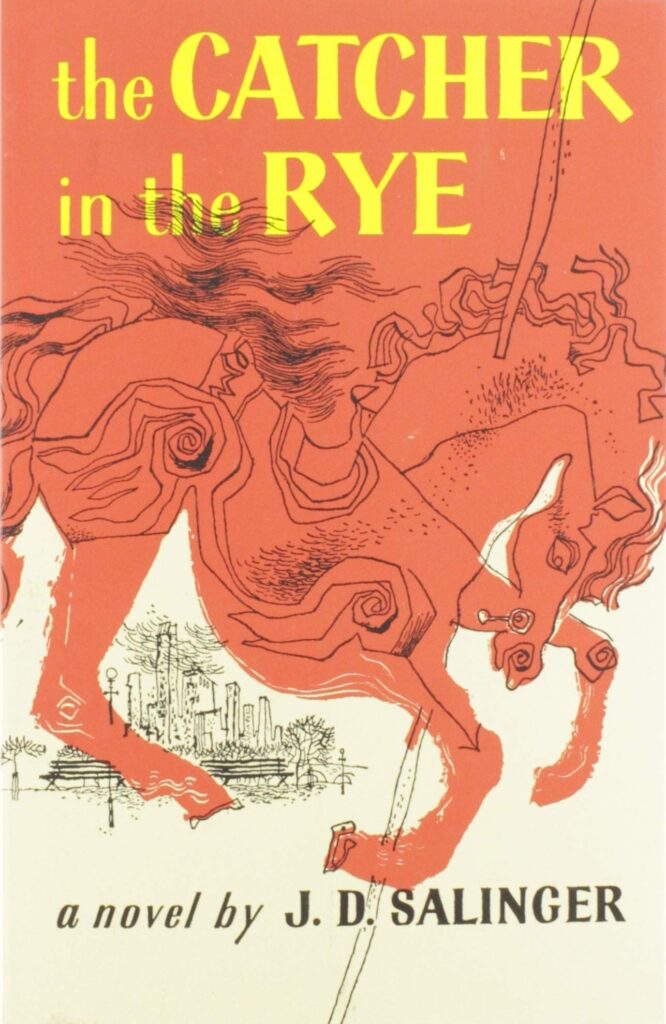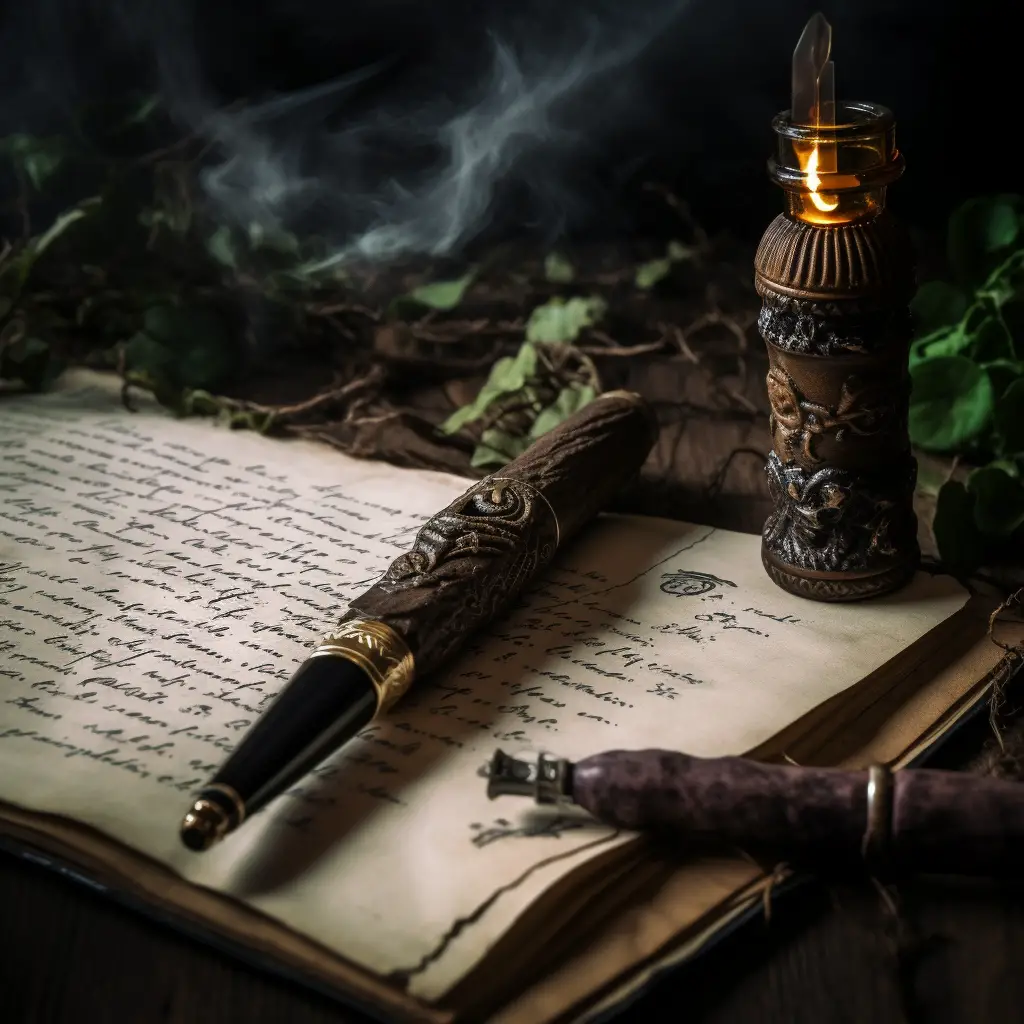
Antistrophe is a catchy comeback, repeating words or phrases at the end of lines or sentences, creating a memorable refrain that resonates with the reader and adds emphasis to the message.
It’s the hilarious cousin of antithesis. When you‘re feeling particularly punny, antistrophe can help you take your writing to the next level. It‘s the repetition of the same word or phrase at the end of successive clauses — like a tongue twister — and can be used to add emphasis, humor, or even a little poetry to your writing.
A few famous examples are:
- “Ask not what your country can do for you — ask what you can do for your country.” – John F. Kennedy
- “To be, or not to be: that is the question.” – William Shakespeare
- “Government of the people, by the people, for the people.” – Abraham Lincoln
Antistrophe Adventures: A Playful Exploration of Repetition
Embark on an Antistrophe adventure, where words and phrases echo at the end of successive clauses for a whimsical and memorable effect! This playful figure of speech is like a catchy chorus in a song, creating a delightful tune that sticks in the reader’s mind. Ready to explore the delightful world of Antistrophe? Let’s dive into the world of tongue-twisting word repetitions!
Antistrophe is a word party, with the same word or phrase showing up fashionably late at the end of successive clauses. This figure of speech adds a little flair to your writing, creating an unforgettable rhythm that will leave your readers tapping their feet to the beat.
To create an Antistrophe, simply choose a word or phrase and repeat it at the end of successive clauses in your writing. The more you repeat the word, the more emphasis and impact your Antistrophe will have.
The Power of Antistrophe: Emphasis, Humor, and Rhythm
Using Antistrophe in writing is like adding a little sparkle to your words. It brings attention and focus to a particular point, idea, or feeling, making it more impactful and memorable for readers. The repetition can create a sense of emphasis, humor, or even poetry, depending on the context and the word or phrase chosen.
In addition to emphasizing a point, Antistrophe can also add rhythm to writing, creating a cadence that engages the reader and enhances the overall flow of the text.
Famous Antistrophe in Literature, Speeches, and Beyond
History is full of examples of Antistrophe, from literary classics to iconic speeches. Here are some famous instances of Antistrophe that demonstrate its power and versatility:
- Charles Dickens’ “A Tale of Two Cities”: “It was the best of times, it was the worst of times, it was the age of wisdom, it was the age of foolishness…”
- J.K. Rowling’s “Harry Potter and the Philosopher’s Stone”: “You’re a wizard, Harry, and a good one, but you’re not as good as me, as good as me.”
Crafting Antistrophe: A Step-by-Step Guide for Word Enthusiasts
Ready to become an Antistrophe enthusiast? Follow these simple steps to create your own unforgettable repetitions:
- Identify the key message or emotion: Determine the main point or feeling you want to emphasize in your writing.
- Choose your word or phrase: Pick a word or phrase that effectively conveys the emphasis, humor, or emotion you wish to express.
- Repeat your word or phrase: Repeat the chosen word or phrase at the end of successive clauses in your writing.
- Review and refine: Read your Antistrophe out loud to check for rhythm and impact, and revise as needed for clarity and effectiveness.
Antistrophe Examples: Inspiration for Your Own Word Repetitions
Let’s take a look at some original examples of Antistrophe to spark your creativity and inspire your own word repetitions:
- The devoted fan: “Go, team, go! Win, team, win! Cheer, team, cheer!”
- The aspiring poet: “The stars above, the stars below, the stars that guide our way.”
- The motivational speaker: “Believe in yourself, in yourself, in yourself — and success will follow.”
Antistrophe Mastery: A Fun Tool for Writers Everywhere
Antistrophe is a versatile writing tool that can add emphasis, humor, and rhythm to any piece of writing. Whether crafting an engaging story, a witty speech, or a heartfelt poem, using Antistrophe can elevate your writing to new heights.
Remember, mastering the art of Antistrophe takes practice and a keen sense of timing. As with any skill, the more you use it, the better you’ll become. So, grab your pen or keyboard and start experimenting with Antistrophe today. Who knows? You might just create the next unforgettable phrase that will resonate with readers for generations to come!
If you’re thirsty for more writing knowledge, head over here to learn all 74 literary devices.




